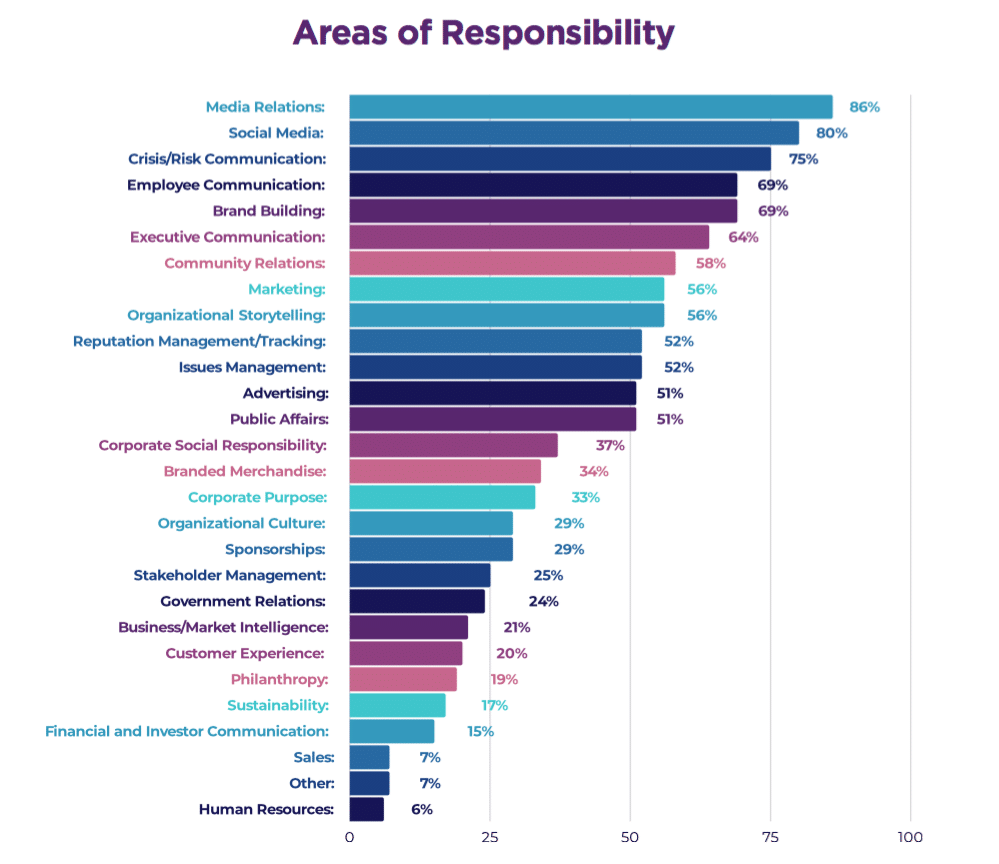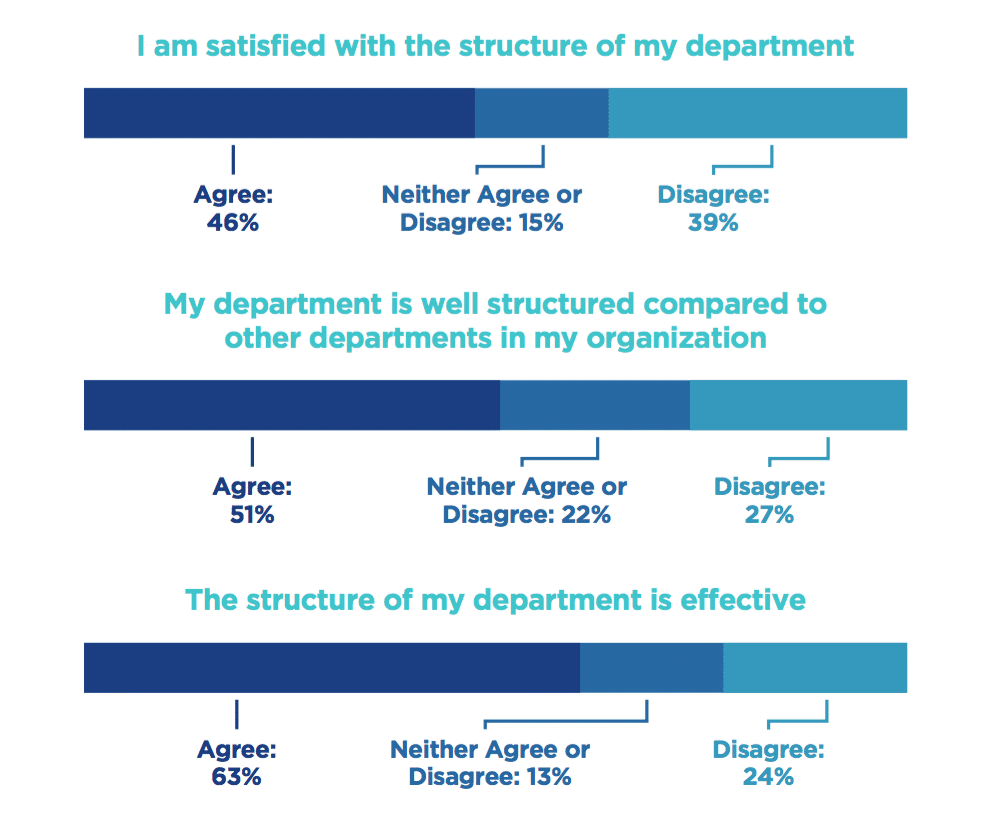The PR practitioner’s role has been evolving for some time, ushered in by digital and social media saturation and other integration efforts, and that evolution has been heightened during the COVID age. So when defining the “best” structure of a communication function, there is no longer a clear answer or a one-size-fits-all approach. New research from Institute for Public Relations and PRNEWS takes a close look at the role and perception of today’s PR pro.
The newly released report, The Evolving Communication Function: A Comprehensive Look at the Perceptions, Roles, Structures, and Future of Communication, indicates that while structure is important, other components are arguably more so, such as the operations, relationships, and resources within and among the other organizational functions. For example, some communication leaders argued that marketing should be a part of the communication function, while others said it was more effective as a separate function. What works best structurally depends on each organization.
The study also assessed the efficacy and challenges of the structure of the communication function. Some of the key findings include:
1. Fewer than half of communication leaders said they were satisfied with the structure of their function
Though, respondents were more likely to agree that their function is effective.
2. The number of responsibilities of the communication function will continue to increase, but most expect their headcount to remain the same
Eighty-one percent of communication leaders said their number of responsibilities have increased in the past two years, and 71 percent said they anticipate their number of responsibilities will continue to increase in the next two years.
3. Communication leaders expect resource changes, technology, and growth to challenge the communication function in the future
Respondents anticipated numerous challenges to their communication function in the future: increased responsibilities but not enough headcount, budget, or resources to meet demand (48 percent); an increased reliance on digital and changes to the technological landscape (9 percent); and acquisitions, new markets, an expansion of service offerings, or significant growth in a short period of time (9 percent).
4. The communication function often reports to the top leader of the organization
Thirty-three percent of respondents said they report to the CEO, Executive Director, or President of the organization.
5. Most communication leaders said their CEO values the communication function
Those who reported to the CEO were significantly more likely to agree that their CEO values the communication function compared to those who reported to others within their organizations.
6. The most frequently mentioned responsibilities of the communication function included media relations, social media, and crisis/risk communication
Other often-mentioned responsibilities included employee communication (69 percent), brand building (69 percent), executive communication (64 percent), and community relations (58 percent).
7. The communication function is commonly combined with marketing, followed by public affairs, and advertising
Respondents had differing opinions about the extent to which the communication function should be combined with other functions and which functions.
8. Communication leaders said the communication function has closer relationships with some departments than others
Overall, communication leaders reported higher-quality relationships with marketing and public affairs and lower-quality relationships with finance and information technology (IT).
9. Moving forward, communication leaders expressed a need for more resources, structure changes, role clarification, and better collaboration with other departments
When asked what they would change about the communication function, leaders identified the need for additional resources (46 percent), changes to the structure of the function (18 percent), clarification of roles (7 percent), and better collaboration, coordination, and alignment with other departments (7 percent).
Download the full report here.
IPR and PRNEWS conducted a study of 318 public relations pros to find out how companies organize and evolve their communication function, including headcounts, reporting lines, strategic choices around structure and function, and areas of improvement.








